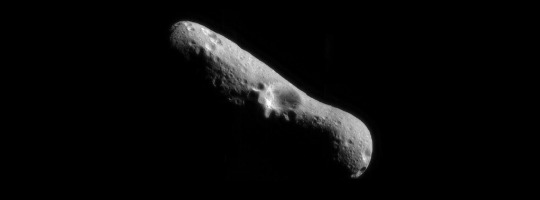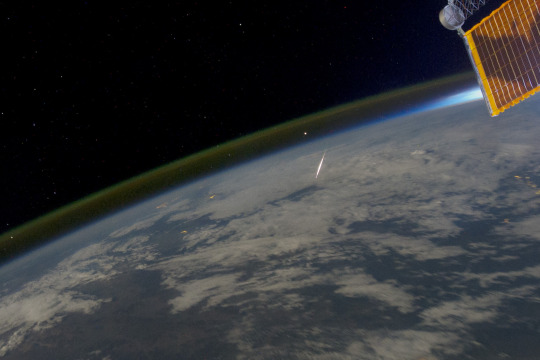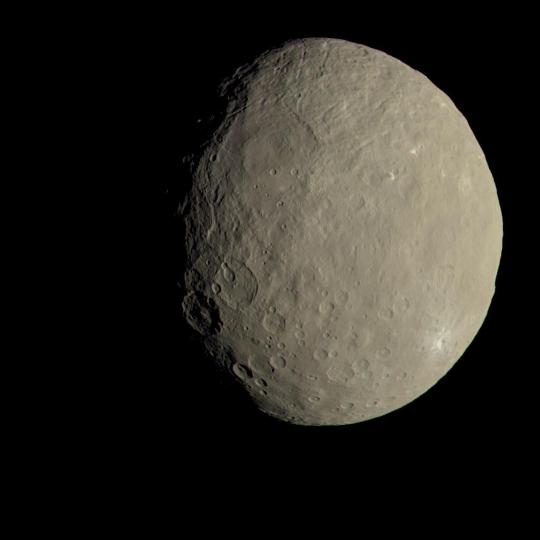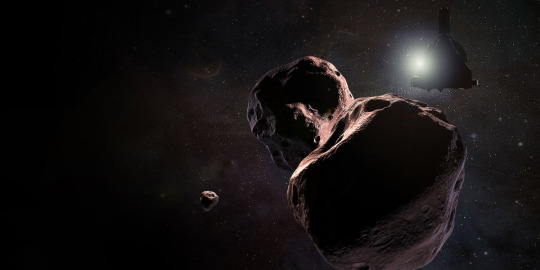Note
This blog won't get off my dash or my recommended and it scares me
It’s a sign from God. Do not be afraid.
Join us.
27 notes
·
View notes
Text
me: “yo what if I’m just faking my dysphoria 🤔🤔🤔”
my dysphoria:

194 notes
·
View notes
Photo
bold take. ill buy it for a peanut

in which david and daniel are twins
1K notes
·
View notes
Photo


138K notes
·
View notes
Photo

i love to milk my soft teats
#Daniel CC#cc daniel#Camp Camp#rooster teeth camp camp#camp camp daniel#daniel camp camp#Rooster Teeth#daniel#daniel meme
94 notes
·
View notes
Note
I wanna see how many space rocks I can fit in my asshole

this many
27 notes
·
View notes
Photo

i made my watermark too big but i already saved the photo so guess who doesnt care
#cc david#cc space kid#Space Kid#david#camp camp space kid#camp camp david#space kid meme#david meme#david camp camp#david cc#space kid camp camp#space kid cc#isis mention#tw isis#tw
90 notes
·
View notes
Photo

in which david and daniel are twins
#Camp Camp#camp camp david#camp camp daniel#rooster teeth camp camp#Rooster Teeth#david#daniel#daniel meme#Daniel CC#cc daniel#cc david#david camp camp#daniel camp camp#david cc#camp camp au#meme#homemade meme#CC meme#CC#cc memes#david and daniel are brothers
1K notes
·
View notes
Note
mood
you know what is a mood?my eternal love for jesus christ can i get an amen
31 notes
·
View notes
Text
okay but how many of these can i shove up my ass
What's That Space Rock?
The path through the solar system is a rocky road. Asteroids, comets, Kuiper Belt Objects—all kinds of small bodies of rock, metal and ice are in constant motion as they orbit the Sun. But what’s the difference between them, anyway? And why do these miniature worlds fascinate space explorers so much? The answer is profound: they may hold the keys to better understanding where we all come from. Here’s 10 things to know about the solar system this week:

This picture of Eros, the first of an asteroid taken from an orbiting spacecraft, came from our NEAR mission in February 2000. Image credit: NASA/JPL
1. Asteroids
Asteroids are rocky, airless worlds that orbit our Sun. They are remnants left over from the formation of our solar system, ranging in size from the length of a car to about as wide as a large city. Asteroids are diverse in composition; some are metallic while others are rich in carbon, giving them a coal-black color. They can be “rubble piles,” loosely held together by their own gravity, or they can be solid rocks.
Most of the asteroids in our solar system reside in a region called the main asteroid belt. This vast, doughnut-shaped ring between the orbits of Mars and Jupiter contains hundreds of thousands of asteroids, maybe millions. But despite what you see in the movies, there is still a great deal of space between each asteroid. With all due respect to C3PO, the odds of flying through the asteroid belt without colliding with one are actually pretty good.
Other asteroids (and comets) follow different orbits, including some that enter Earth’s neighborhood. These are called near-Earth objects, or NEOs. We can actually keep track of the ones we have discovered and predict where they are headed. The Minor Planet Center (MPC) and Jet Propulsion Laboratory’s Center for Near Earth Object Studies (CNEOS) do that very thing. Telescopes around the world and in space are used to spot new asteroids and comets, and the MPC and CNEOS, along with international colleagues, calculate where those asteroids and comets are going and determine whether they might pose any impact threat to Earth.
For scientists, asteroids play the role of time capsules from the early solar system, having been preserved in the vacuum of space for billions of years. What’s more, the main asteroid belt may have been a source of water—and organic compounds critical to life—for the inner planets like Earth.

The nucleus of Comet 67P/Churyumov-Gerasimenko, as seen in January 2015 by the European Space Agency’s Rosetta spacecraft. Image credit: ESA/Rosetta/NAVCAM – CC BY-SA IGO 3.0
2. Comets
Comets also orbit the Sun, but they are more like snowballs than space rocks. Each comet has a center called a nucleus that contains icy chunks of frozen gases, along with bits of rock and dust. When a comet’s orbit brings it close to the Sun, the comet heats up and spews dust and gases, forming a giant, glowing ball called a coma around its nucleus, along with two tails – one made of dust and the other of excited gas (ions). Driven by a constant flow of particles from the Sun called the solar wind, the tails point away from the Sun, sometimes stretching for millions of miles.
While there are likely billions of comets in the solar system, the current confirmed number is 3,535. Like asteroids, comets are leftover material from the formation of our solar system around 4.6 billion years ago, and they preserve secrets from the earliest days of the Sun’s family. Some of Earth’s water and other chemical constituents could have been delivered by comet impacts.

An artist re-creation of a collision in deep space. Image credit: NASA/JPL-Caltech
3. Meteoroids
Meteoroids are fragments and debris in space resulting from collisions among asteroids, comets, moons and planets. They are among the smallest “space rocks.” However, we can actually see them when they streak through our atmosphere in the form of meteors and meteor showers.

This photograph, taken by an astronaut aboard the International Space Station, provides the unusual perspective of looking down on a meteor as it passes through the atmosphere. The image was taken on Aug. 13, 2011, during the Perseid meteor shower that occurs every August. Image credit: NASA
4. Meteors
Meteors are meteoroids that fall through Earth’s atmosphere at extremely high speeds. The pressure and heat they generate as they push through the air causes them to glow and create a streak of light in the sky. Most burn up completely before touching the ground. We often refer to them as “shooting stars.” Meteors may be made mostly of rock, metal or a combination of the two.
Scientists estimate that about 48.5 tons (44,000 kilograms) of meteoritic material falls on Earth each day.

The constellation Orion is framed by two meteors during the Perseid shower on Aug. 12, 2018 in Cedar Breaks National Monument, Utah. Image credit: NASA/Bill Dunford
5. Meteor Showers
Several meteors per hour can usually be seen on any given night. Sometimes the number increases dramatically—these events are termed meteor showers. They occur when Earth passes through trails of particles left by comets. When the particles enter Earth’s atmosphere, they burn up, creating hundreds or even thousands of bright streaks in the sky. We can easily plan when to watch meteor showers because numerous showers happen annually as Earth’s orbit takes it through the same patches of comet debris. This year’s Orionid meteor shower peaks on Oct. 21.

An SUV-sized asteroid, 2008TC#, impacted on Oct. 7, 2008, in the Nubian Desert, Northern Sudan. Dr. Peter Jenniskens, NASA/SETI, joined Muawia Shaddas of the University of Khartoum in leading an expedition on a search for samples. Image credit: NASA/SETI/P. Jenniskens
6. Meteorites
Meteorites are asteroid, comet, moon and planet fragments (meteoroids) that survive the heated journey through Earth’s atmosphere all the way to the ground. Most meteorites found on Earth are pebble to fist size, but some are larger than a building.
Early Earth experienced many large meteorite impacts that caused extensive destruction. Well-documented stories of modern meteorite-caused injury or death are rare. In the first known case of an extraterrestrial object to have injured a human being in the U.S., Ann Hodges of Sylacauga, Alabama, was severely bruised by a 8-pound (3.6-kilogram) stony meteorite that crashed through her roof in November 1954.

The largest object in the asteroid belt is actually a dwarf planet, Ceres. This view comes from our Dawn mission. The color is approximately as it would appear to the eye. Image credit: NASA/JPL-Caltech/UCLA/MPS/DLR/IDA
7. Dwarf Planets
Don’t let the name fool you; despite their small size, dwarf planets are worlds that are just as compelling as their larger siblings. Dwarf planets are defined by astronomers as bodies massive enough to be shaped by gravity into a round or nearly round shape, but they don’t have enough of their own gravitational muscle to clear their path of other objects as they orbit the Sun. In our solar system, dwarf planets are mostly found in the Kuiper Belt beyond Neptune; Pluto is the best-known example. But the largest object in the asteroid belt is the dwarf planet Ceres. Like Pluto, Ceres shows signs of active geology, including ice volcanoes.
youtube
8. Kuiper Belt Objects
The Kuiper Belt is a disc-shaped region beyond Neptune that extends from about 30 to 55 astronomical units – that is, 30 to 55 times the distance from the Earth to the Sun. There may be hundreds of thousands of icy bodies and a trillion or more comets in this distant region of our solar system.

An artist’s rendition of the New Horizons spacecraft passing by the Kuiper Belt Object MU69 in January 2019. Image credits: NASA/JHUAPL/SwRI
Besides Pluto, some of the mysterious worlds of the Kuiper Belt include Eris, Sedna, Quaoar, Makemake and Haumea. Like asteroids and comets, Kuiper Belt objects are time capsules, perhaps kept even more pristine in their icy realm.

This chart puts solar system distances in perspective. The scale bar is in astronomical units (AU), with each set distance beyond 1 AU representing 10 times the previous distance. One AU is the distance from the Sun to the Earth, which is about 93 million miles or 150 million kilometers. Neptune, the most distant planet from the Sun, is about 30 AU. Image credit: NASA/JPL-Caltech
9. Oort Cloud Objects
The Oort Cloud is a group of icy bodies beginning roughly 186 billion miles (300 billion kilometers) away from the Sun. While the planets of our solar system orbit in a flat plane, the Oort Cloud is believed to be a giant spherical shell surrounding the Sun, planets and Kuiper Belt Objects. It is like a big, thick bubble around our solar system. The Oort Cloud’s icy bodies can be as large as mountains, and sometimes larger.
This dark, cold expanse is by far the solar system’s largest and most distant region. It extends all the way to about 100,000 AU (100,000 times the distance between Earth and the Sun) – a good portion of the way to the next star system. Comets from the Oort Cloud can have orbital periods of thousands or even millions of years. Consider this: At its current speed of about a million miles a day, our Voyager 1 spacecraft won’t reach the Oort Cloud for more than 300 years. It will then take about 30,000 years for the spacecraft to traverse the Oort Cloud, and exit our solar system entirely.

This animation shows our OSIRIS-REx spacecraft collecting a sample of the asteroid Bennu, which it is expected to do in 2020. Image credit: NASA/Goddard Space Flight Center
10. The Explorers
Fortunately, even though the Oort Cloud is extremely distant, most of the small bodies we’ve been discussing are more within reach. In fact, NASA and other space agencies have a whole flotilla of robotic spacecraft that are exploring these small worlds up close. Our mechanical emissaries act as our eyes and hands in deep space, searching for whatever clues these time capsules hold.
A partial roster of our current or recent missions to small, rocky destinations includes:
OSIRIS-REx – Now approaching the asteroid Bennu, where it will retrieve a sample in 2020 and return it to the Earth for close scrutiny.
New Horizons – Set to fly close to MU69 or “Ultima Thule,” an object a billion miles past Pluto in the Kuiper Belt on Jan. 1, 2019. When it does, MU69 will become the most distant object humans have ever seen up close.
Psyche – Planned for launch in 2022, the spacecraft will explore a metallic asteroid of the same name, which may be the ejected core of a baby planet that was destroyed long ago.
Lucy – Slated to investigate two separate groups of asteroids, called Trojans, that share the orbit of Jupiter – one group orbits ahead of the planet, while the other orbits behind. Lucy is planned to launch in 2021.
Dawn – Finishing up a successful seven-year mission orbiting planet-like worlds Ceres and Vesta in the asteroid belt.
Plus these missions from other space agencies:
The Japan Aerospace Exploration Agency (JAXA)’s Hayabusa2– Just landed a series of small probes on the surface of the asteroid Ryugu.
The European Space Agency (ESA)’s Rosetta – Orbited the comet 67P/Churyumov-Gerasimenko and dispatched a lander to its surface.
Make sure to follow us on Tumblr for your regular dose of space: http://nasa.tumblr.com.
2K notes
·
View notes
Note
Hey man thx for helpin me slam big mouth 👊🏽😔 big mouth for big toes amirite brotha 👀🙏🏽🙏🏽
Big Mouth for Big Toe Suckers
9 notes
·
View notes
Photo
His anger is validated okay



yeah that’s the main problem now, ain’t it
#Daniel CC#cc daniel#Daniel#Camp Camp#rooster teeth camp camp#camp camp daniel#daniel camp camp#reblog#reblog.mem
750 notes
·
View notes
Note
MONCH
MACDUFF
He has no children. All my pretty ones?
Did you say all? O hell-kite! All?
What, all my pretty chickens and their dam
At one fell swoop?
8 notes
·
View notes
Note
I'll vore all your memes
do it no balls
17 notes
·
View notes
Text

power couple
Harrison and Nerris play minecraft together.
#cc harrison#cc nerris#nerris#harrison#camp camp harrison#camp camp nerris#camp camp#nerrison#cc nerrison
154 notes
·
View notes


